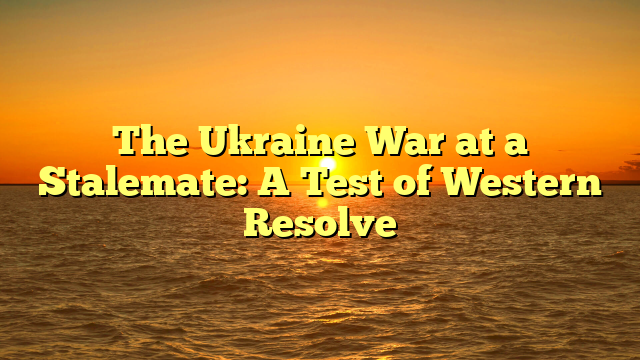Nearly four years since Russia’s invasion of Ukraine, the war in 2025 has reached a grinding stalemate. Both sides continue to endure heavy losses, while the front lines have barely shifted in months. The prolonged conflict is testing Western unity link alternatif Naga169 terbaru and raising difficult questions about the limits of support.
Ukraine remains defiant. President Volodymyr Zelensky has vowed that “no inch of Ukrainian territory will be surrendered.” Yet, after years of fighting and limited territorial gains, public fatigue is growing both domestically and among allies.
In Europe and the United States, political divisions over continued funding have intensified. Several EU nations are pushing for renewed peace talks, while Washington faces pressure from Congress to reduce military aid. “We can’t write blank checks forever,” said one U.S. senator.
Russia, meanwhile, has entrenched its forces in occupied regions and fortified defensive lines. Despite sanctions, its economy has adapted through trade with China, India, and Middle Eastern partners. Analysts warn that Moscow is preparing for a war of attrition.
On the battlefield, drone warfare and electronic countermeasures dominate. The conflict has become a showcase of 21st-century hybrid warfare, blending traditional combat with cyber and information operations.
Civilians continue to pay the highest price. Over eight million Ukrainians remain displaced, and infrastructure across the country lies in ruins. Reconstruction estimates exceed $500 billion.
Diplomatic efforts through Turkey and the U.N. have stalled, with neither side willing to compromise on sovereignty. “Peace requires mutual concessions, but both leaders see survival in victory,” said foreign affairs expert Dr. Peter Novak.
As winter approaches, the world watches anxiously. The question is no longer who wins, but how long the world can sustain a war with no end in sight.
